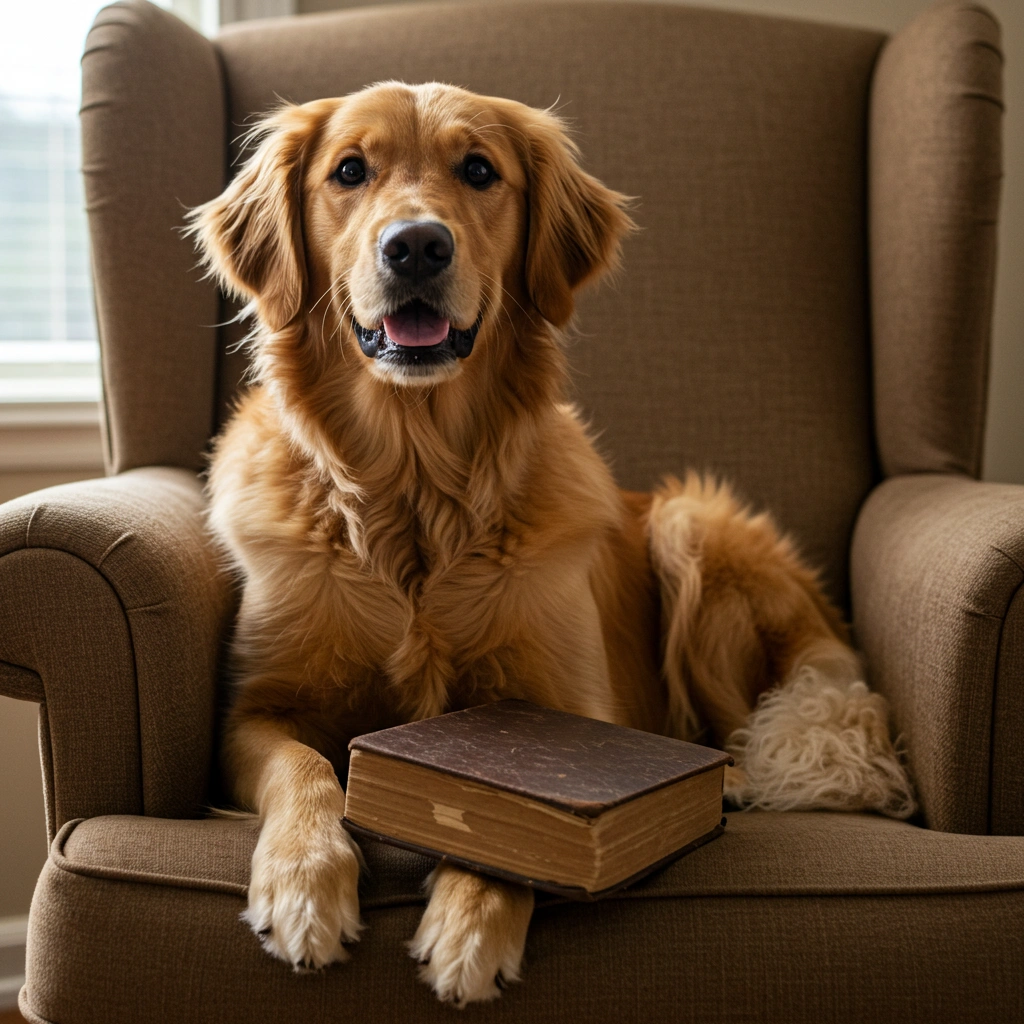Top 4 Enticing Ways To Improve Your Dog’s Skills
Boost your dog’s abilities with these top 4 fun and effective training methods to enhance their skills and confidence.
Take your dog’s skills to the next level with these top 4 enticing methods. From positive reinforcement to interactive toys, your pup will thrive.
Maybe You Can Teach An Old Dog New Tricks
As it turns out, more mature dogs are easier to teach new things for a number of reasons, not least of which being concentration. Older dogs can concentrate longer because they’re not as energetic and distracted as puppies are. However, puppy or lumbering old mutt, you’ll be more successful training any dog when there’s something in it for him.
Sure, dogs do things out of love, affection, and pack-animal instinct all the time. But they are also motivated, like people, by things they naturally want; or enjoy doing. Fetch is fun for the dog, and fun for you. Some dogs enjoy running on snow with a sled behind them; they legitimately grow to love it. But no creature likes being afraid or confused.
Positive reinforcement, therefore, tends to be a much better tactic than negative reinforcement for training. Here we’ll explore four ways of creatively utilizing such positive reinforcement techniques to expedite training until your pup is at his best. Think “enticement” over “enforcement”.
1. Treats Are Useful In Training But Maintain Consistency
Your pup will love a bit of meat, or kibble; or any of a variety of treats. You can reward him with what he prefers when a command of one kind or another is followed. Generally indicating you’ll offer a reward if he pleases you can help the dog actually look for ways to do so. Certainly, canines aren’t as smart as humans, but some breeds are quite intelligent.
Some breeds hardly need training. They just need a push in the right direction. Dogs used in agriculture like the Blue Heeler have that quality. A good idea is assuring however you reward the dog for the following command is consistent. Maybe his favorite treat is your motivator, rather than just regular old kibble.
2. Find Resources To Understand Breed-Specific Preferences
Something else to think about is where one breed might respond over another. A dachshund will have different “skills” if you will than a greyhound. A chihuahua and a poodle probably aren’t going to have exactly the same personality. You can learn about Doodles and Cockapoos on Pride & Prejudoodles; resources like this help inform your training approach.
3. Games And Positive Reinforcement
Make a game out of it. The dog goes and retrieves an item you asked for, he gets a treat—and as he gets better at it, perhaps the treat is only given out for specific items. Eventually, you can get the dog to go get you a soda from the fridge if you ask. He has fun playing the game where he’s rewarded for what you ask, you get a well-trained pup.
4. The Clicker Approach
Get used to clicking a “clicker” of some variety whenever your dog looks at you. When he starts responding to the click, start rewarding him with a treat. Eventually, he’ll hear the click and think you’ve got something for him. Once the positive reinforcement has been employed, you can use it to train the pup in a variety of things. It’s also good to use a marker word in conjunction with the clicker; this will help the dog know that the clicker represents you being pleased.
Optimizing The Dog
Sure, “optimizing” is a bit of a funny word in this context, but it summarizes the approach and outcome here. Training a dog is good for you, and it’s good for the dog. In fact, vets will tell you it’s absolutely essential. So it’s an “optimal” move all around.
Just remember that the dog wants to know what’s in it for him. Treats, breed-specific training, using games, and positive reinforcement like a clicker represent very efficient ways of training your dog. Remember, every dog is different; so don’t be afraid to mix-and-match techniques until you find what works best.





